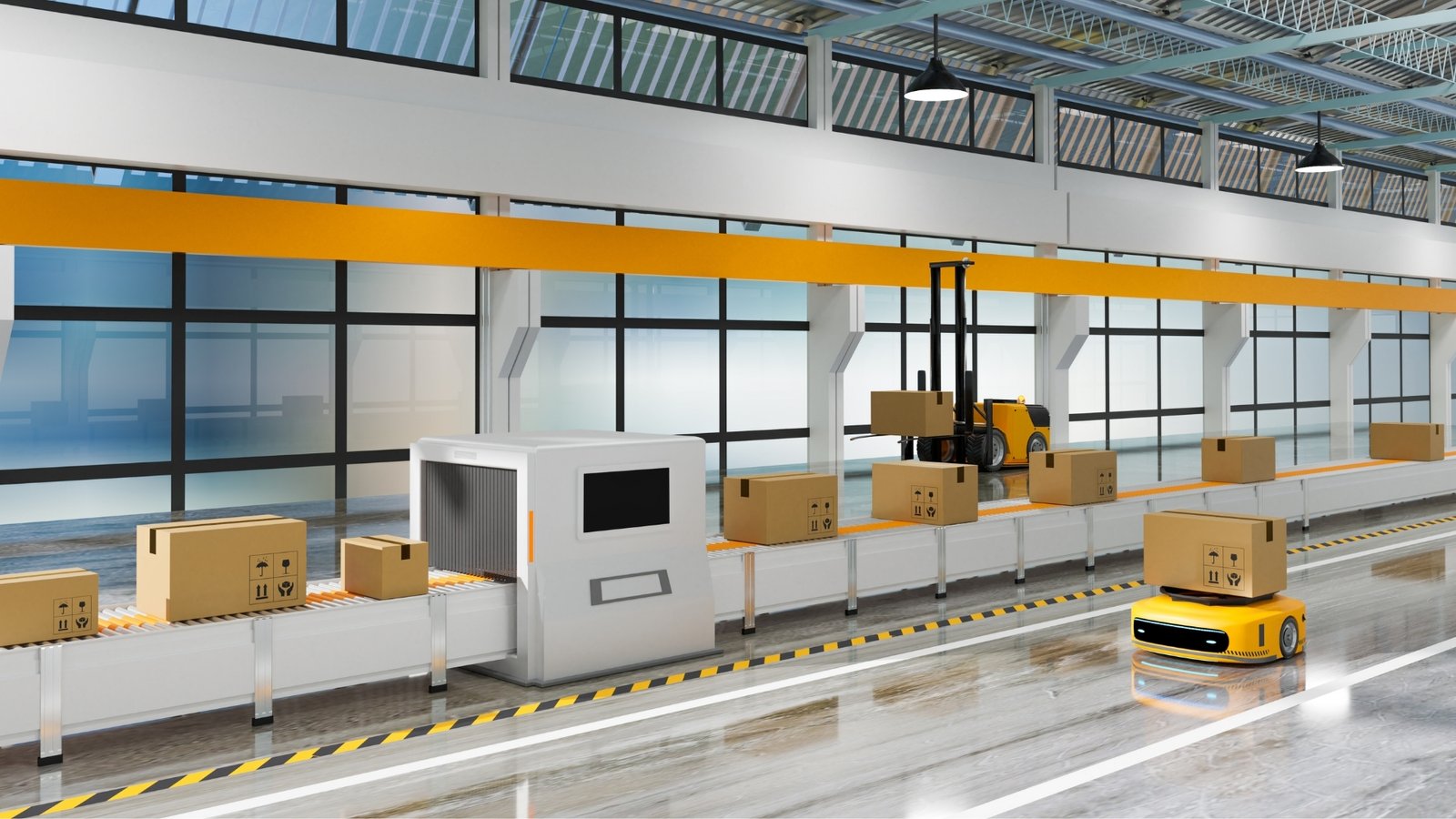Understanding Digital Twin Technology
In today’s fast-paced global market, maintaining a strong supply chain is essential. One innovative solution gaining popularity is digital twin technology. A digital twin is a virtual model that mirrors a physical asset, process, or system. This technology allows businesses to simulate and analyze operations, enhancing decision-making capabilities.
The Role of Digital Twins in Supply Chain Management
Digital twin technology significantly enhances supply chain resilience. By creating a comprehensive digital representation, companies can monitor their entire supply chain in real-time. This visibility enables organizations to anticipate disruptions, optimize processes, and improve overall efficiency. With data-driven insights, businesses can respond effectively to changes in demand, production fluctuations, and other unforeseen events.
Benefits of Implementing Digital Twins
One of the primary benefits of implementing digital twin technology is risk mitigation. By simulating various scenarios, companies can identify vulnerabilities in their supply chain. This proactive approach fosters a culture of preparedness, enabling organizations to adapt swiftly to market changes. Moreover, the integration of digital twins can lead to cost reductions, increased operational efficiency, and improved customer satisfaction.
As we delve deeper into the digital age, enhancing supply chain resilience through digital twin technology is not just advantageous; it is becoming essential. Companies that embrace this innovative approach position themselves as leaders in their respective industries, ready to tackle the challenges of tomorrow.







